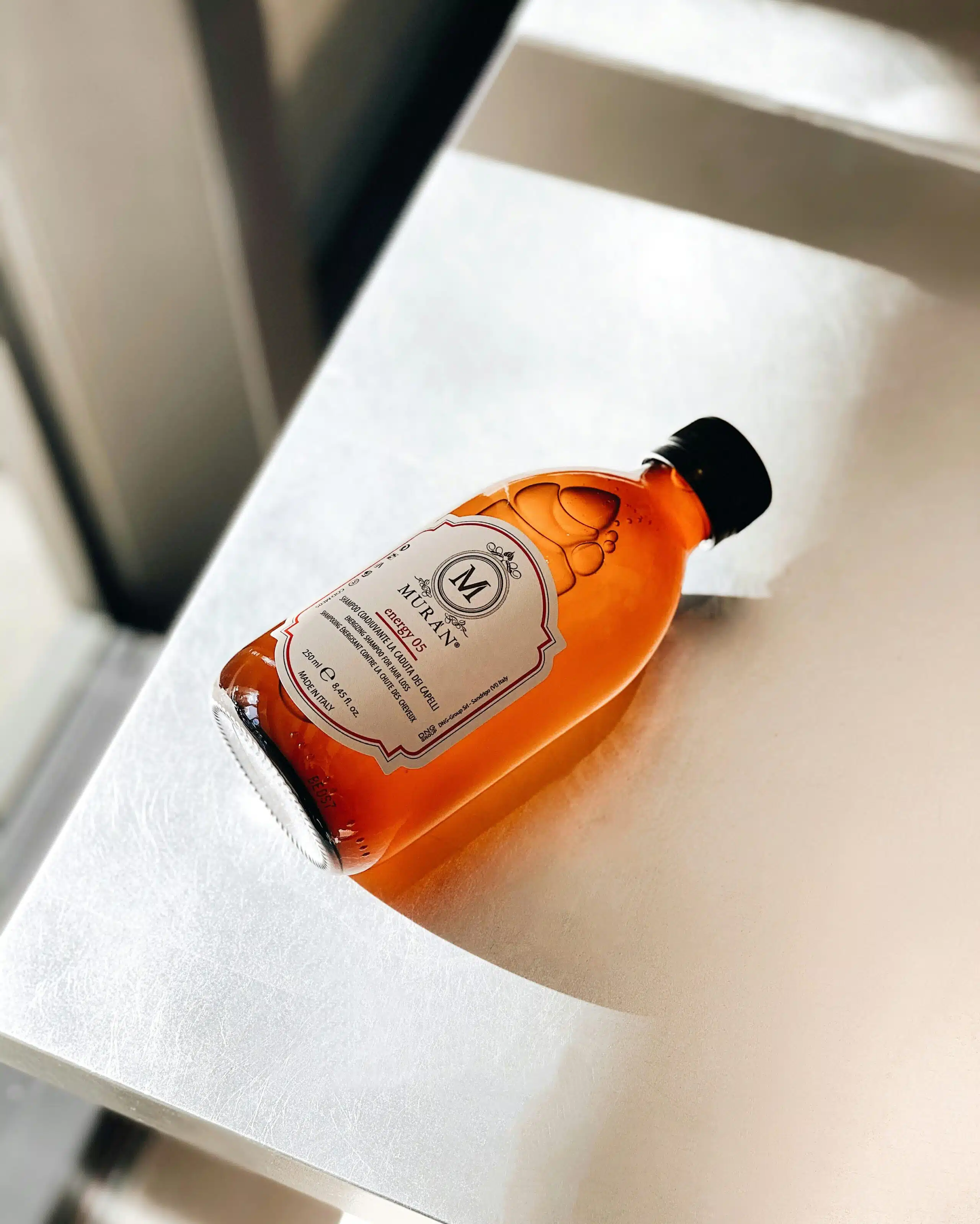No. You can use a trademark before registering it. Indeed, at least historically, trademarks were used long before they were officially registered as trademarks. That remains true today, in a manner of speaking, since using a trademark in interstate commerce is one legal requirement for registration (at the federal level). That is to say, before you receive a Certificate of Registration, you will have to provide “specimens of use” to the U.S. Trademark Office showing that your trademark has actually been used. This is even true for an intent-to-use application for trademark registration. If other legal requirements are met, a person filing an intent-to-use application will receive a Notice of Allowance allowing the applicant to begin using the proposed trademark. Sometime thereafter, the applicant must provide specimens of use, showing use of the trademark in interstate commerce. Thereafter, the Certification of Registration will be issued.
During any time that you are using a trademark that has not been registered, that trademark is legally protected. Such protections are considered “common law” trademark protections, and are sufficient to prevent others from using your trademark. Under the common law, an owner of an unregistered trademark has the right to sue for trademark infringement and seek monetary damages and injunctive relief to prevent another from using your trademark. However, using common law to protect your trademarks is decidedly suboptimal. You will have to use State courts and State law. The geographic scope of your protection is geographically limited, and you may end up with a priority-of-use problem nationally if others are seeking to use and register your trademark and/or are using your trademark in another geographic area. With respect to international legal protection for trademarks, because of the limitation in scope, a common law trademark will provide little assistance in obtaining international recognition and protection for your trademark.
After a trademark has been registered nationally, additional legal protections become available. These include:
- National geographical scope of the trademark — barring others from using your trademark across the nation, not just in localized areas
- National registration can be used as the basis for registration of the trademark in foreign nations
- Ability to enforce trademark in federal courts
- Availability of stronger remedies than the ones normally available under the common law, such as statutory damages and attorney’s fees in case of infringement
- Right to use certain reserved symbols (like the Circle-R symbol) that are only available to those with federally registered trademarks
- Right to assistance from customs and border authorities to combat piracy
So, in summary, you can use your trademark before registering it. In fact, instead of filing an intent-to-use application, there are advantages to using a trademark before applying for registration. Further, your trademark will have legal protections, but those protections will be less than the protections provided once the federal registration has been completed.
Contact the Trademark Attorneys at Revision Legal
For more information, contact the experienced Trademark Lawyers at Revision Legal. You can contact us through the form on this page or call (855) 473-8474.




